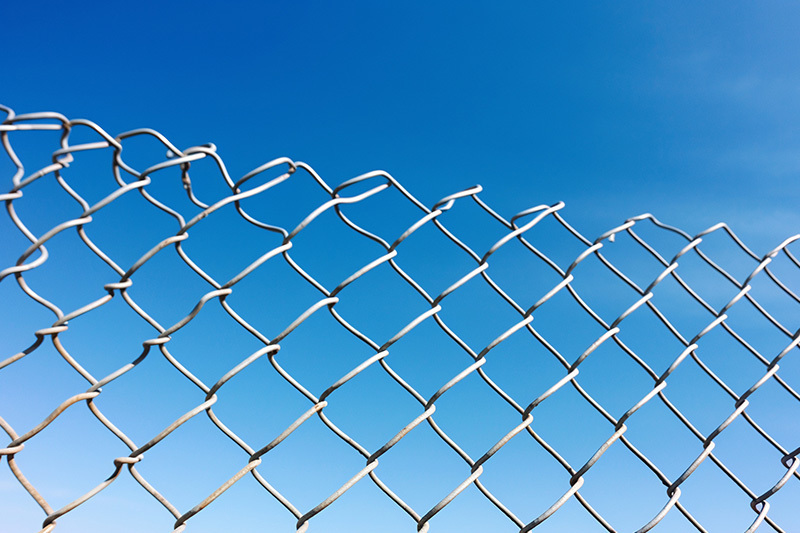Perforated mesh: Several factors affecting the perforated mesh
Time:
Nov 13,2023
Author:
Source:

Perforated mesh, also known as perforated metal, is a versatile material used in a variety of applications such as screening, ventilation, and decorative purposes. There are several factors that can affect the performance and functionality of perforated mesh, including material selection, hole shape and size, pattern design, and surface finish.
The material selection of perforated mesh is crucial in determining its strength, durability, and corrosion resistance. Common materials used for perforated mesh include stainless steel, aluminum, and carbon steel. Stainless steel is preferred for its corrosion resistance, making it suitable for outdoor applications. Aluminum is lightweight and offers good thermal conductivity, while carbon steel is strong and cost-effective.
The shape and size of the holes in perforated mesh also play a significant role in its performance. The size of the holes can vary from small to large, depending on the application requirements. Smaller holes provide better filtration and screening capabilities, while larger holes allow for increased airflow and visibility. The shape of the holes can be round, square, or slotted, with each shape offering different levels of strength and aesthetics.
The pattern design of the perforated mesh refers to the arrangement and spacing of the holes on the material. Common patterns include staggered, straight, and decorative designs. Staggered patterns provide maximum open area and airflow, while straight patterns offer a more uniform appearance. Decorative patterns can be customized to create unique designs and aesthetics.
The surface finish of perforated mesh can also impact its performance and appearance. Common finishes include powder coating, anodizing, and painting. Powder coating provides a durable and smooth finish that is resistant to scratches and corrosion. Anodizing offers added protection against corrosion and can enhance the material's appearance. Painting allows for customization in color and aesthetics.
In conclusion, several factors can affect the performance and functionality of perforated mesh, including material selection, hole shape and size, pattern design, and surface finish. By considering these factors carefully, you can choose the right perforated mesh for your specific application needs. Whether you need a strong and durable material for industrial applications or a decorative solution for architectural designs, perforated mesh offers versatility and functionality.
Key words:
Previous Page:
Share To




